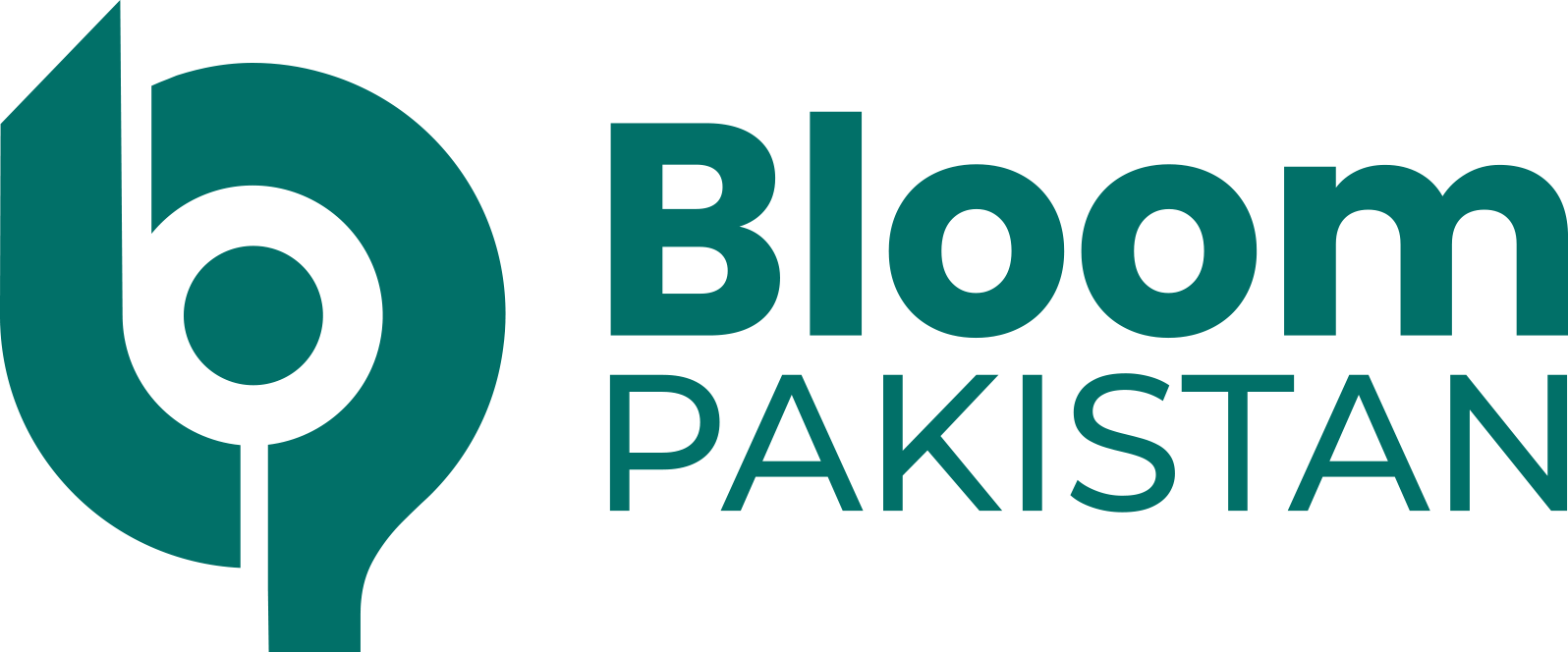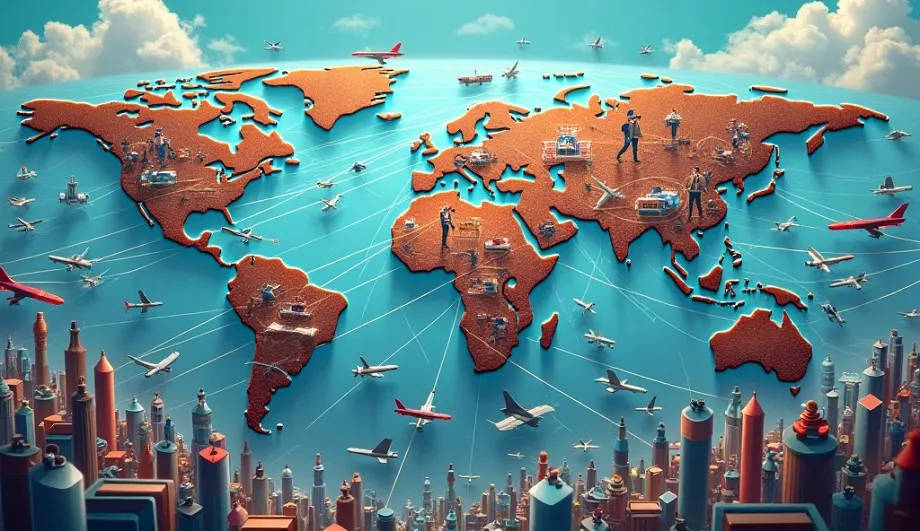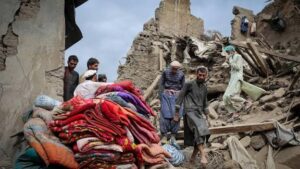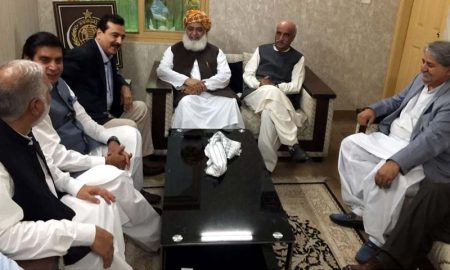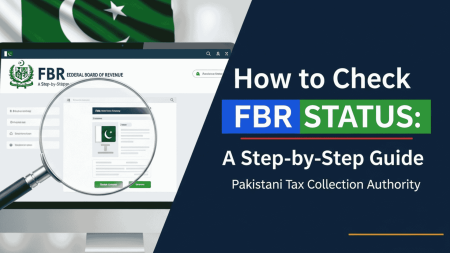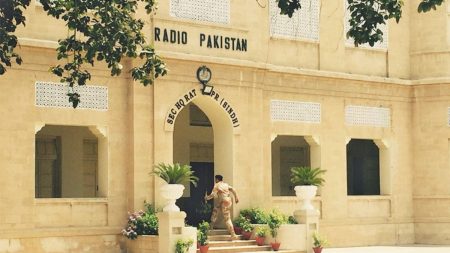Islamabad/Washington, April 04: President Donald Trump’s latest wave of import tariffs has triggered warnings of economic retaliation, as businesses and governments scramble to assess the fallout from an intensifying trade war.
The aggressive trade measures, aimed at reshaping global commerce, have rattled markets worldwide and raised concerns over the potential collapse of long-standing trade agreements.
Financial analysts caution that these tariffs mark a turning point in international trade policies, ending decades of economic liberalization that have defined global commerce.
As economic tensions rise, nations impacted by the tariffs weigh their options, with the possibility of countermeasures looming large.
US Tariffs Reach Century-High Levels, Smaller Nations Hit Hardest
According to Fitch Ratings, the latest US tariffs represent the most substantial trade barriers in over a hundred years.
The average duty on imports into the world’s largest consumer market has surged to 22.5%, a dramatic increase from 2.5% just a year ago.
President Donald Trump has announced a 10% baseline tariff on all imports, alongside steeper, targeted duties on key trading partners.
This move impacts a wide range of products, from Italian coffee and Japanese whisky to Asian-manufactured sportswear.
Trump has defended the measures as “reciprocal tariffs” designed to counter foreign restrictions on US goods.
Also Read: What Risks Agri Sector as US Imposes Tariff on Pakistan
However, economists warn that these tariffs could fuel inflation, increase recession risks, and push up household expenses by thousands of dollars—posing a political challenge for Trump, who campaigned on lowering the cost of living.
Disproportionate Impact on Smaller Economies
While Canada and Mexico, both of which have free trade agreements with the US, have largely avoided reciprocal tariffs, poorer nations have been hit with some of the harshest increases.
For instance, Madagascar, where the average income per capita barely exceeds $500, now faces a 47% tariff on its $733 million worth of vanilla, metals, and apparel exports to the US.
Other economically vulnerable nations, such as Lesotho (50%) and Cambodia (49%), have also been subjected to exceptionally high rates due to the rigid calculation formula used by the US administration.
Even wealthier regions are seeing unexpectedly high tariffs. The European Union (EU), which the World Trade Organization (WTO) estimates has an average 5% tariff rate, now faces a 20% US tariff—four times higher than the WTO’s assessment.
Pakistan’s Trade Position Under Scrutiny
The White House has imposed a 29% tariff on Pakistani exports, citing a 58% tariff rate applied to US goods entering Pakistan.
According to US trade officials, concerns over currency practices, trade barriers, and regulatory hurdles factored into this decision.
Officials from Pakistan’s Ministry of Commerce are still assessing the potential impact on Pakistan’s textile exports, which form the bulk of its trade with the US.
The US Trade Representative (USTR) has raised concerns about Pakistan’s high tariffs and additional duties on certain imports, such as automobiles and finished goods.
The report highlights that Statutory Regulatory Orders (SROs) are often introduced without prior stakeholder consultation, making compliance difficult for importers.
Read More: How US Tariff Hike to Hit Pakistan Exports?
Under non-tariff barriers, the US also accuses Pakistan of restricting certain imports exclusively to public-sector or industrial consumers while requiring federal-level approvals for others.
Additional concerns include inconsistent customs valuation, intellectual property (IP) protection weaknesses, and restrictive internet policies, including data localization mandates and frequent internet shutdowns.
Although Pakistan allows profit repatriation, US businesses complain of bureaucratic hurdles when transferring funds, royalties, and dividends.
Local franchises of US brands report delays in sending payments to the US, attributed to State Bank of Pakistan (SBP) policies.
The USTR further points out challenges in contract enforcement, weak judicial processes, and high levels of corruption, all of which discourage foreign investment.
Additionally, Pakistan’s tax-to-GDP ratio remains among the lowest globally, standing at 9% in FY24.
Business Community Reacts with Alarm
The global business community is bracing for a future of higher costs, trade disruptions, and reduced access to the US market.
WTO Chief Ngozi Okonjo-Iweala cautioned that these tariffs will have major consequences for global trade and economic stability.
Shipping giant Maersk, the world’s second-largest container transport company, echoed these concerns, stating:
“This is certainly bad news for global trade, economic stability, and long-term growth.”
As countries weigh potential countermeasures, the future of global trade remains uncertain, with businesses and governments scrambling to navigate the escalating trade war.
